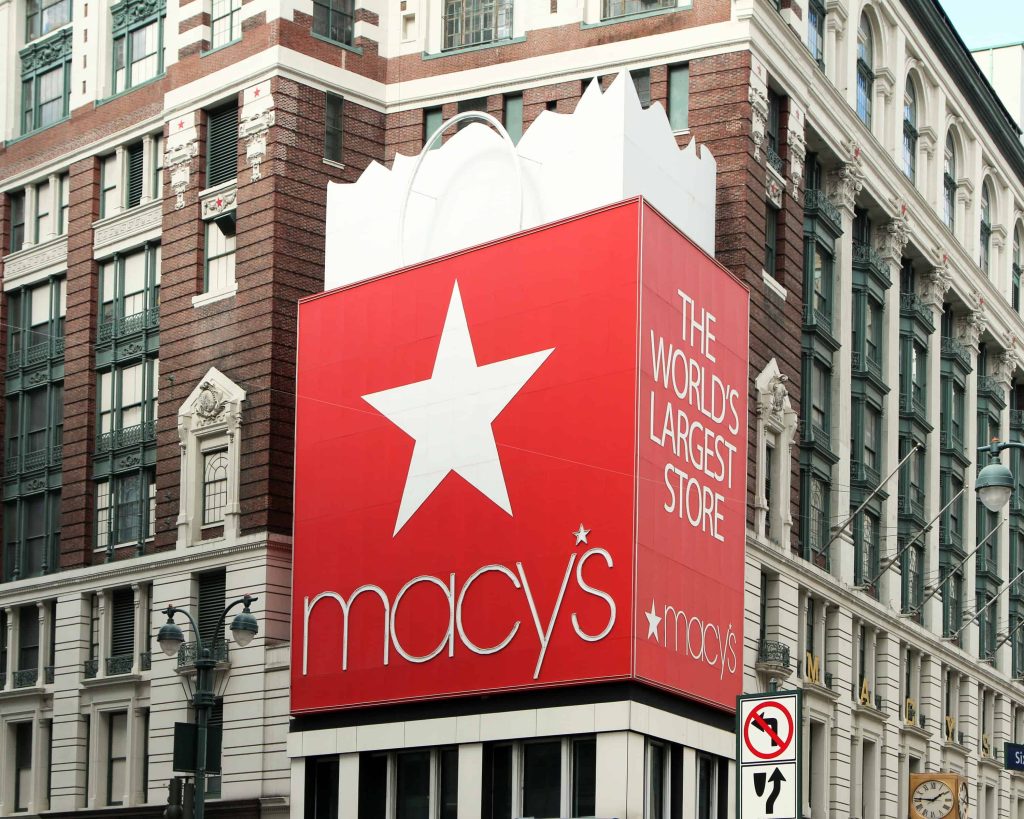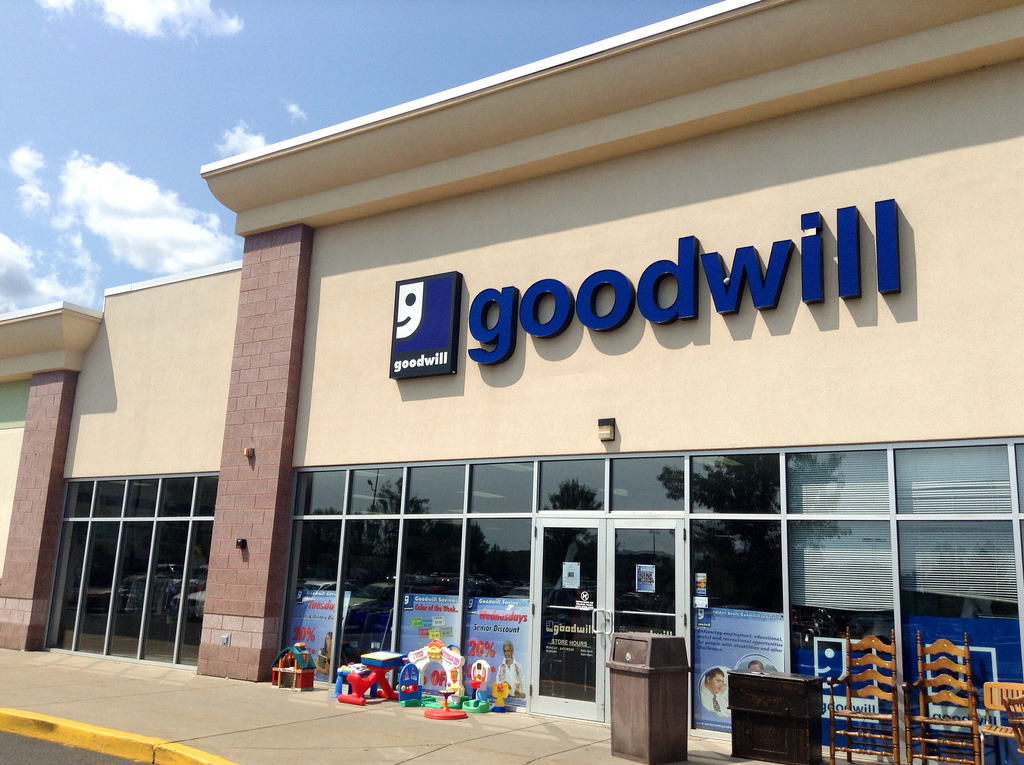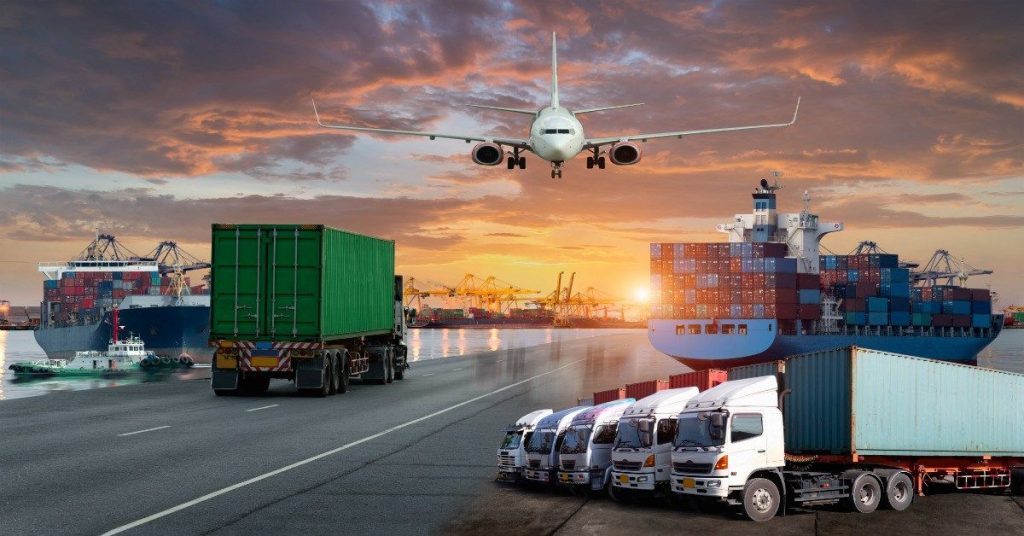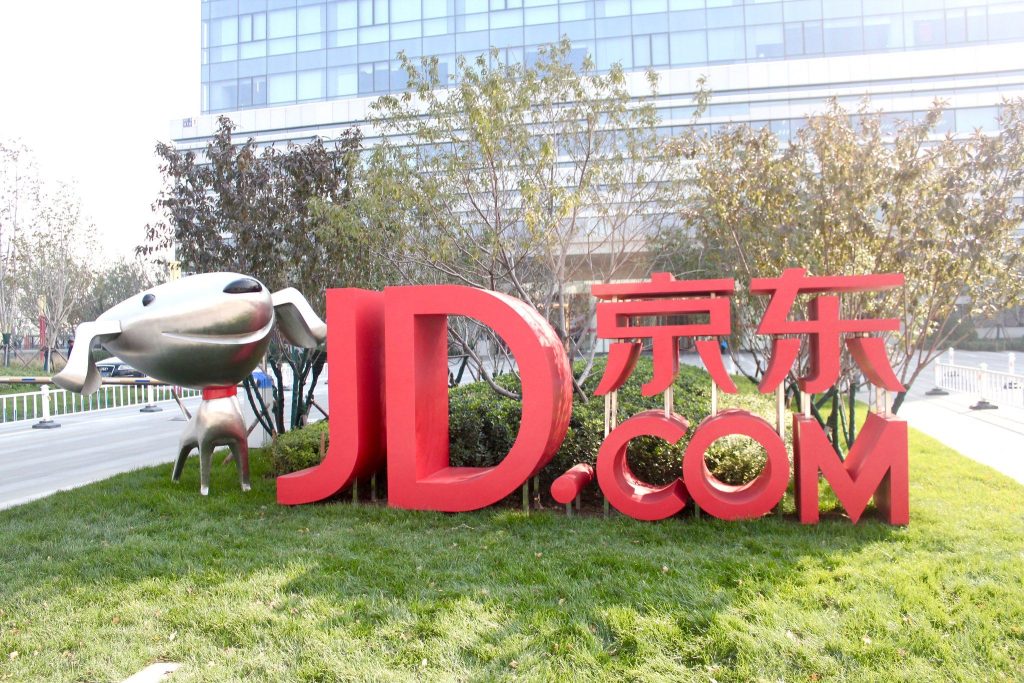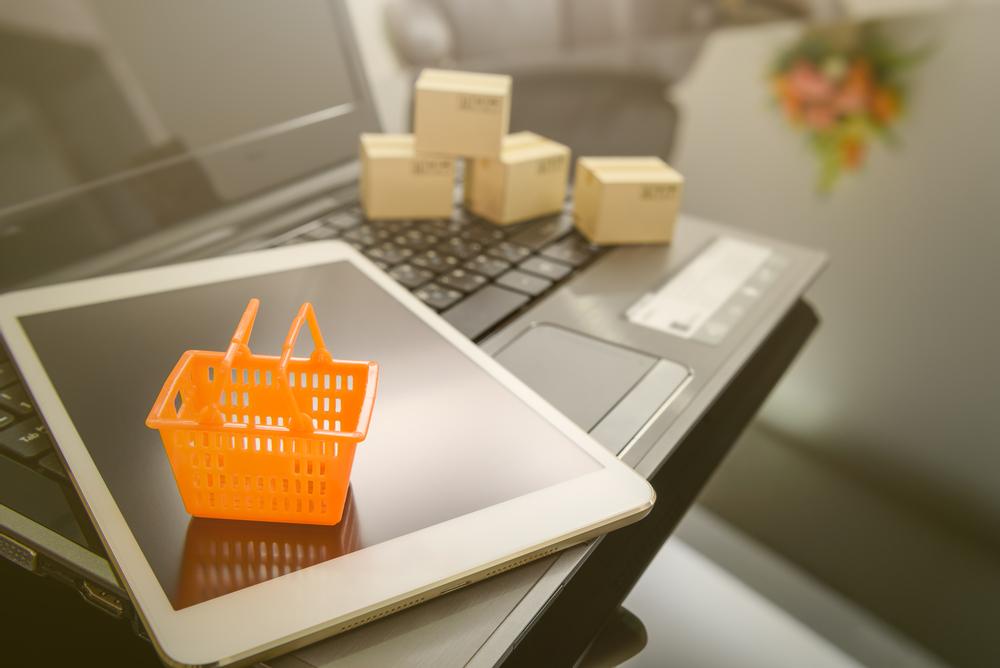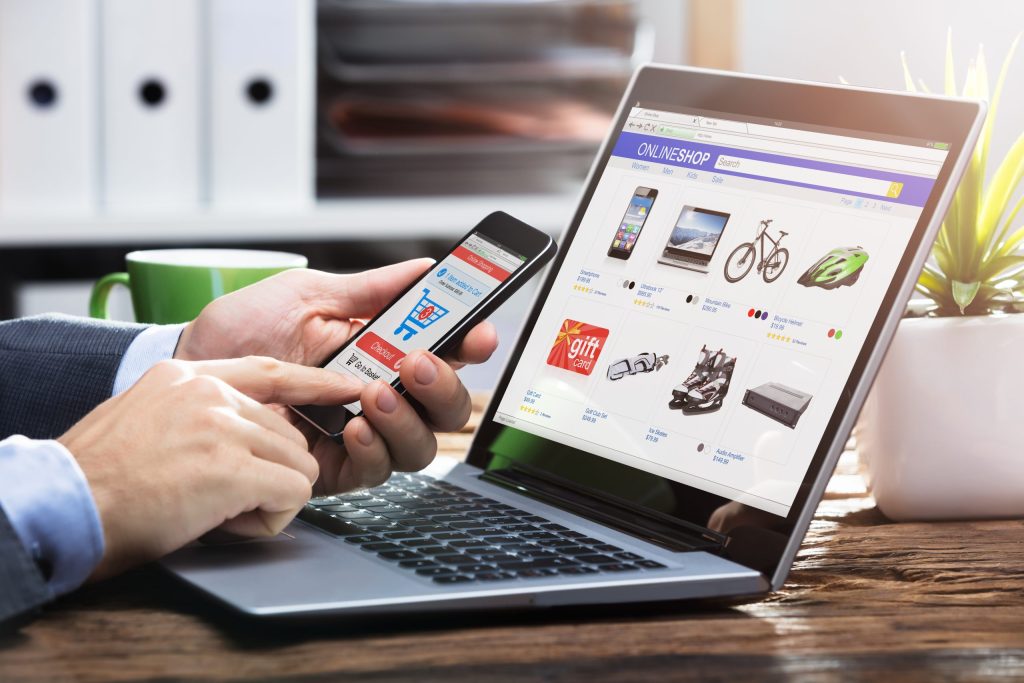
United States ecommerce will continue its upward trajectory, reaching $1.6 trillion (almost 30% of all U.S. retail sales) by 2027, according to a projection from Forrester Research Inc.
The research firm says online sales will top $1 trillion this year and grow at a 10% compound annual growth rate (CAGR) through 2027. In 2021, total (online and offline) retail sales (online and offline, excluding automotive and gasoline) reached a record high of $4.3 trillion and will grow to $5.5 trillion, Forrester says.
According to Sucharita Kodali, vice president and principal analyst at Forrester and one of the report’s authors, they expect ecommerce to take share from physical retail in the years ahead.
As the coronavirus lockdowns eased, shoppers returned to stores in 2021. That shifted sales growth from online to physical retail. In 2020, online retail sales grew 29% compared with 2019. That was more than double the 13% year-over-year ecommerce growth rate in 2019. From now on, Forrester expects ecommerce growth to revert to the levels seen in 2019 and before.
With the pandemic becoming less severe, ecommerce will continue benefitting from the factors that drove its growth before COVID-19. Those growth drivers are lower prices, larger product selection, fast delivery and convenience.
Forrester added that the top three merchandise categories in ecommerce are clothing and footwear, consumer electronics, and food and drink. In 2021, together, those categories represented 38% of U.S. online retail sales and 41% of total U.S. retail sales. By 2027, Forrester projects those categories will account for 42% of U.S. online retail sales. And the same categories will also be 40% of total U.S. retail sales.
Clothing and footwear online retail sales are expected to almost double in the next five years, from $153 billion in 2021 to $278 billion in 2027. Consumer electronics online retail sales will see similar growth, increasing from $123 billion in 2021 to $216 billion in 2027. And food and drink online retail sales will almost triple from $69 billion in 2021 to $183 billion in 2027.
Forrester says buy online, pick up in store (BOPIS) and curbside pickup services will help ecommerce keep growing in the coming years. That’s at least partly because retailers invested in order-pickup capabilities, the report says.
Retailers have been increasing their numbers of pickup locations. Walmart now has pickup services available in 4,600 locations, and 3,500 of its stores offer same-day delivery. The Home Depot offers BOPIS, lockers, and/or curbside pickup in over 2,300 retail stores. Target’s click-and-collect sales grew 45% in 2021 — and that’s on the top of 235% growth for that service in 2020. Lowe’s increased its omnichannel capabilities by offering BOPIS lockers in all of its U.S. stores.
Americans will buy $100 billion in goods online for pickup at stores. Sales like that will more than double to $208 billion by 2027. By that year, they will represent 13% of all U.S. online retail sales, the firm projects.
While online and offline retail sales will keep growing, Forrester warns that the marketplace presents retailers with significant short-term challenges. For example, the report says consumers have shifted their dollars to non-durable goods in 2022.
Also, high inflation means consumers are spending more on gas and groceries. So, retailers face declining profitability as they offload excess inventory by offering discounts,” the Forrester team wrote. Beyond that, retailers face the possibility of a U.S. recession. Other potential problems include “unknowns,” such as when supply chains might normalize, and geopolitical risks, such as the possibility of China invading Taiwan.
Forrester says its forecasts rely on “demand-side data balanced with company supply-side metrics” and the work of the firm’s subject-matter experts. Forrester says it “develops comprehensive historical and base-year market size estimates based on a variety of sources, including public financial documents, executive interviews, Forrester’s proprietary primary research and surveys, and analysis of global companies’ distribution and growth.”
